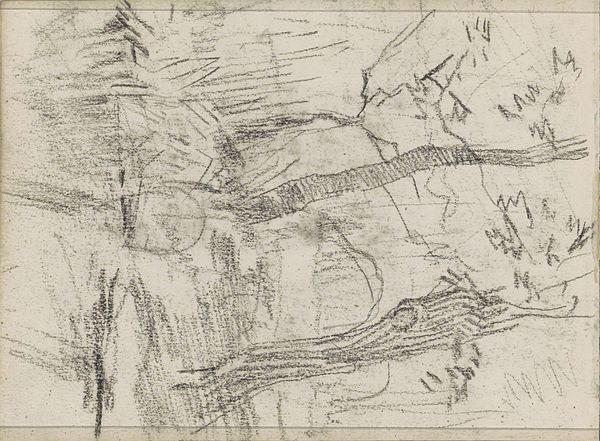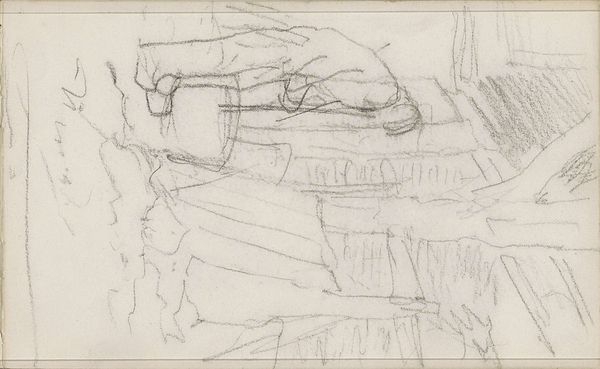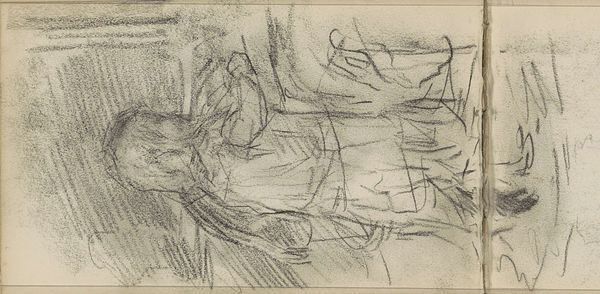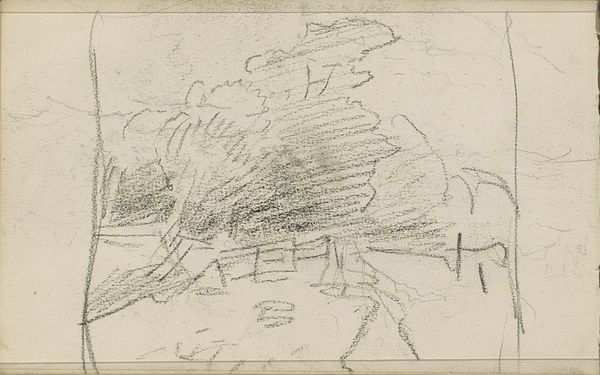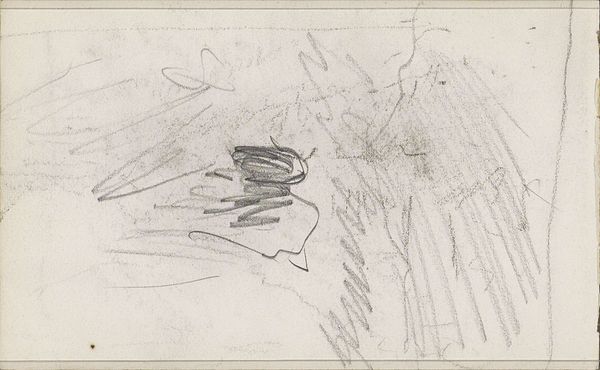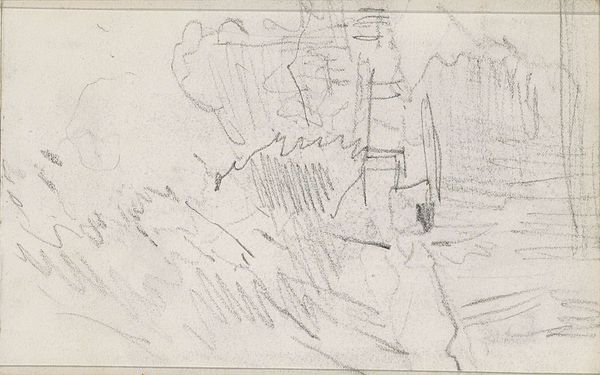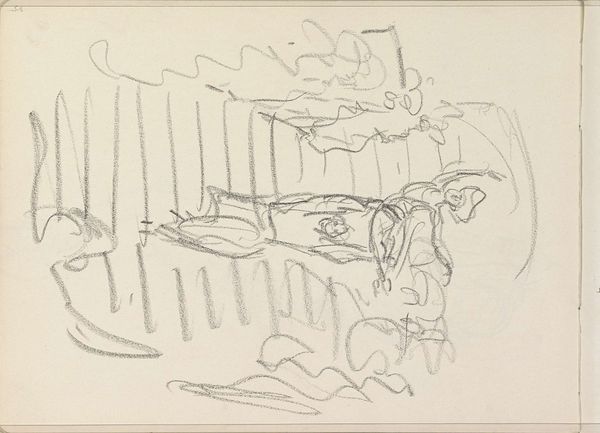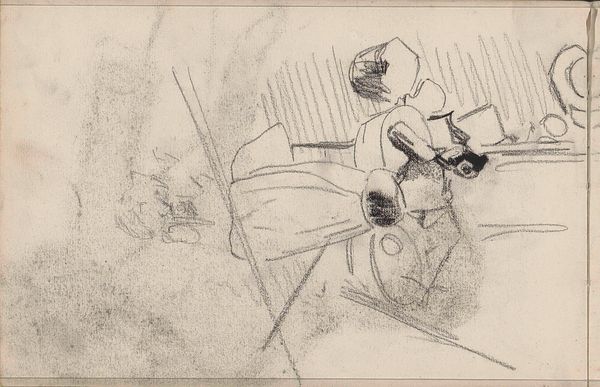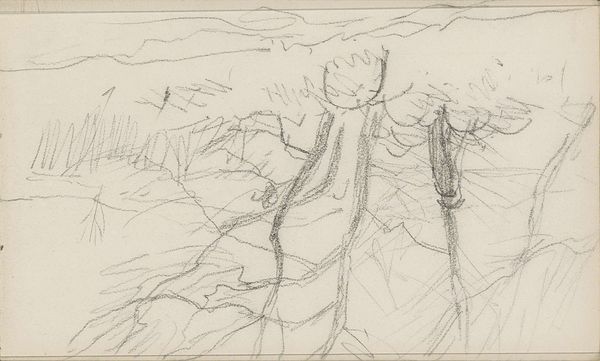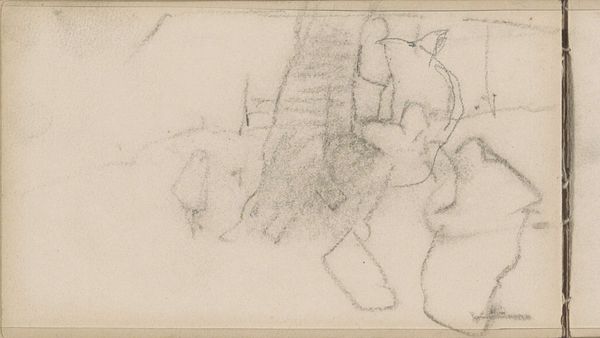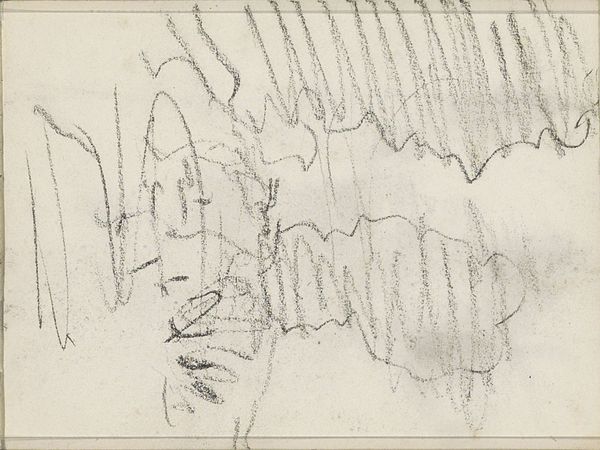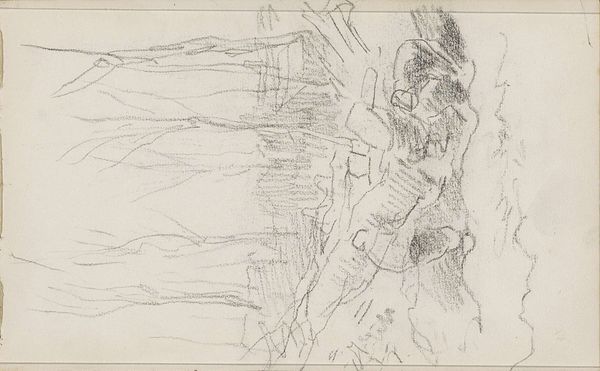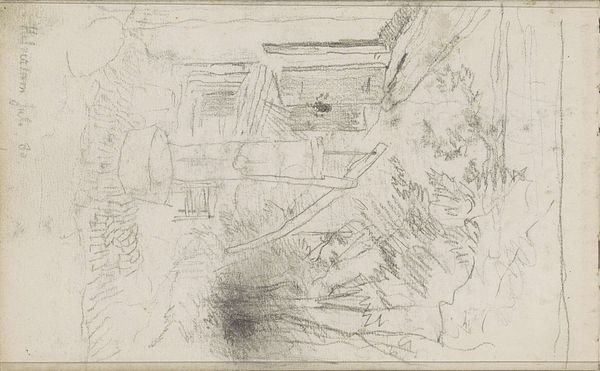
drawing, pencil
#
drawing
#
dutch-golden-age
#
impressionism
#
pencil sketch
#
landscape
#
pencil
#
realism
Copyright: Rijks Museum: Open Domain
Editor: We're looking at Anton Mauve's "Boerin bij een boom," or "Farmer's Wife by a Tree," from around 1876-1879. It's a delicate pencil sketch. I'm struck by how raw it feels, like we're seeing the initial stages of an idea. What stands out to you? Curator: It's precisely that sense of process that captures my attention. Consider the humble pencil, the tool of the working class, used here not for a polished artwork destined for a wealthy patron, but perhaps as a study, a moment of observation rooted in daily life. Editor: So you're seeing the value in the art-making process? Curator: Absolutely. Look at how the rapid strokes create the form of the woman and the tree. Mauve is documenting the labor inherent in rural existence, a life tied to the materiality of the land. Is this a comment on the working class experience? The materiality hints at a deeper meaning, that art doesn't necessarily exist within a gilt frame but stems from our everyday lived experiences. Editor: It almost feels like a challenge to the polished art of the salons, then. Curator: Precisely! It makes you wonder, doesn’t it? About who had access to art production? What was considered "worthy" subject matter? Was Mauve’s decision to focus on these subjects a statement in and of itself? I see the rough lines not just as representation but as evidence of labor, both hers and his. Editor: That’s really insightful. I hadn’t considered how the choice of material and technique underscores the social context. Curator: Material choices are NEVER neutral! Considering them reveals so much about the intention behind the work. Editor: I will think about materials in a very different way now! Curator: And hopefully also the economic conditions surrounding the creation of an artwork.
Comments
No comments
Be the first to comment and join the conversation on the ultimate creative platform.
